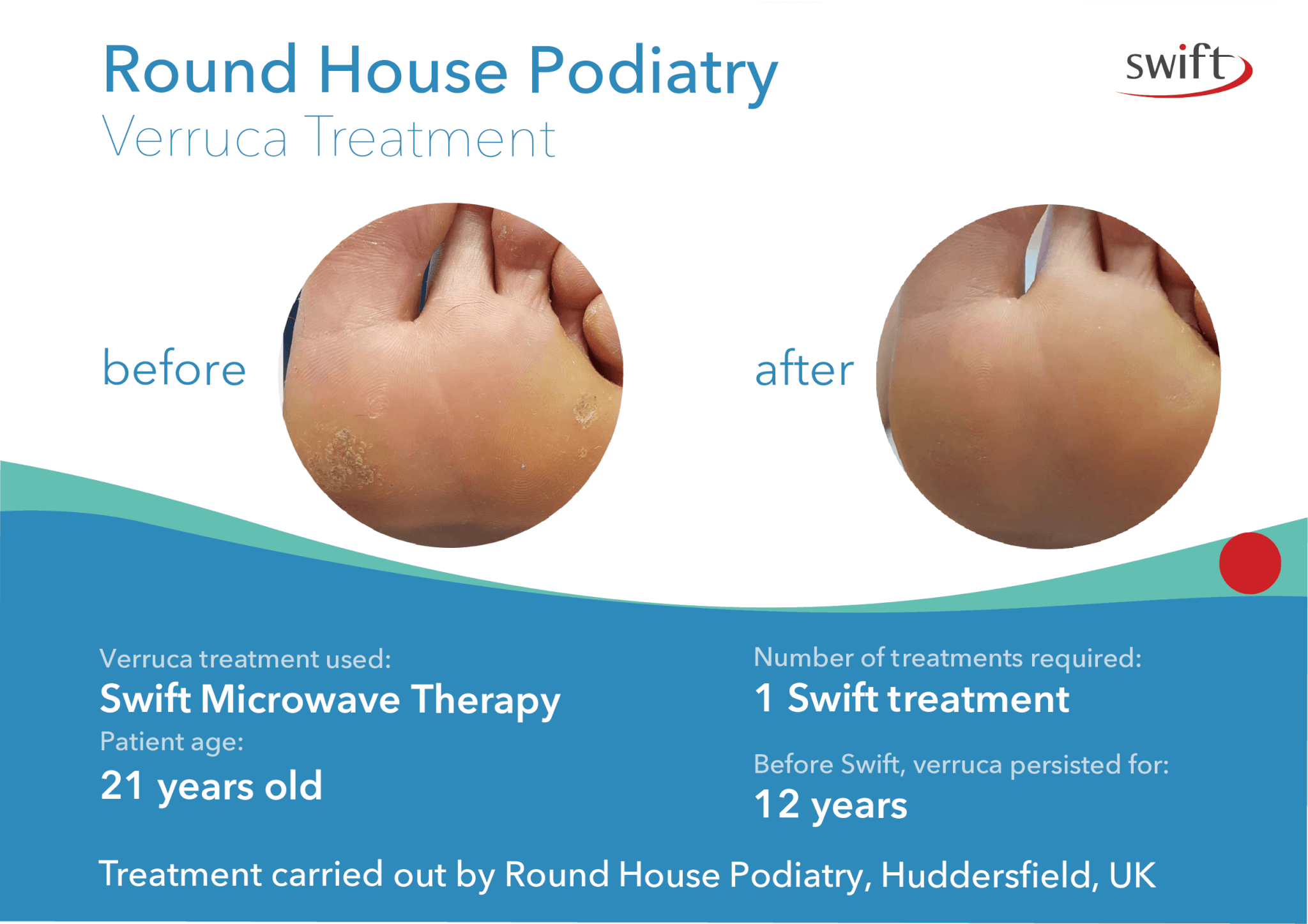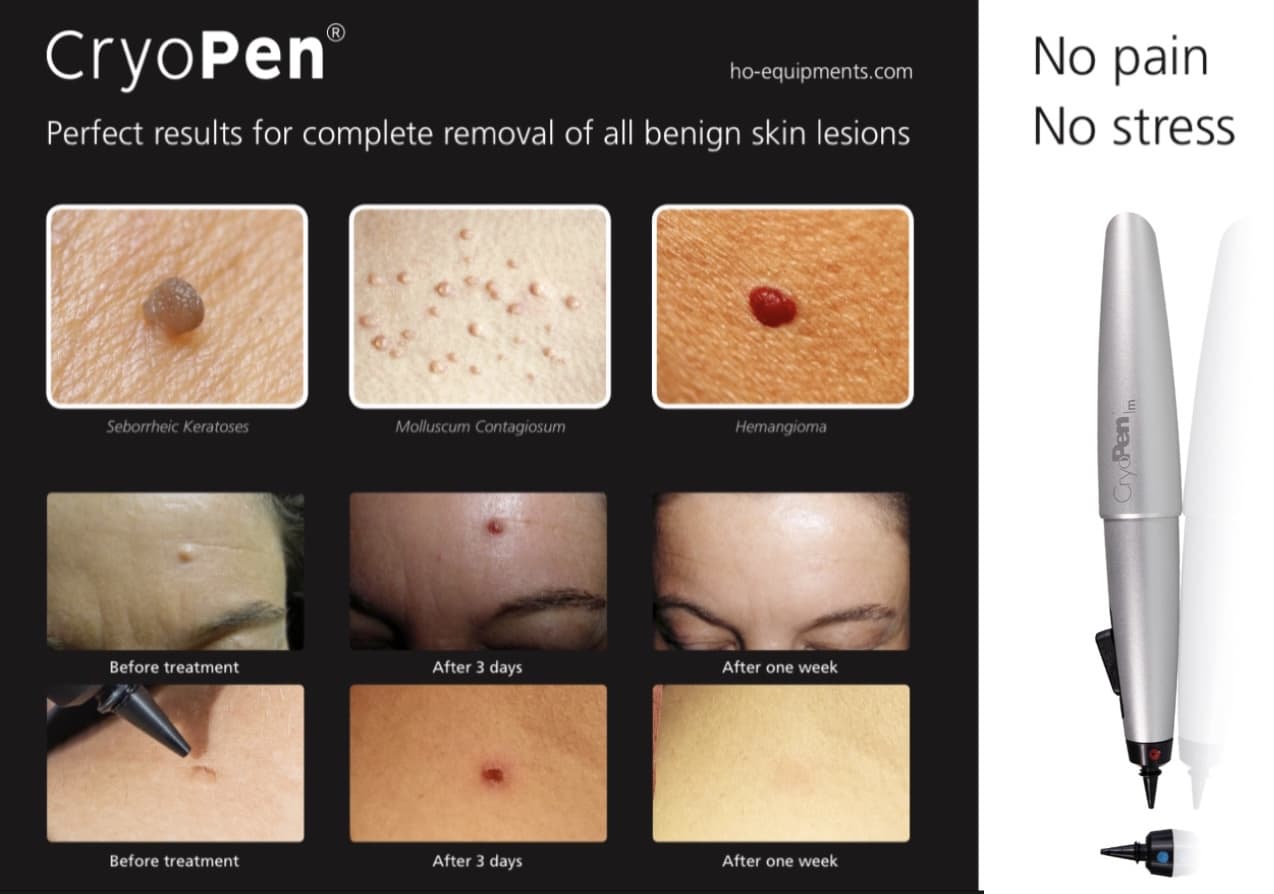
August 16, 2024
When Moles Are A Worry: Specialists In Dermatology:
Brand-new Mole On Face Or Body: Reasons And When To Be Concerned If one side of your mole is considerably bigger than the other, or is a different form, contact your skin doctor. You might obtain regular mammograms, if you're a female, to check for breast cancer cells, or a normal electronic examination or PSA examination, if you're a guy, to look for prostate cancer cells. You might have given up-- or totally stayed clear of-- cigarettes to lessen your threat for lung cancer.Advantages Of Morpheus8 For Skin Firm
A typical mole generally has an also shade of pink, tan, or brown. Individuals who have dark skin or hair tend to have darker moles than people with fair skin or blonde hair. Numerous photos of typical moles are revealed right here, and What Does a Mole Appear like? Benign irregular moles may have a few of the very same qualities as melanoma (a kind of skin cancer).- Please call us if you discover any type of modifications in your moles or have any problems.
- It's important to know just how skin moles develop because it aids us understand why some are concerning.
- There are a couple of indications that a change in your moles can be concerning, Dr. Kohen claims.
- A person can make use of the ABCDE guideline to assist compare a mole and melanoma.
Indicators You Ought To Obtain A Mole Examined By A Doctor
Moles may alter in appearance with time and some may also go away with age. They might consist of hairs or come to be elevated or wrinkled. Speak to your medical professional about any adjustment in the shade or size of a mole or if itching, pain, hemorrhaging or swelling develops. A lot of moles expand on parts of your body that get sunshine (ultraviolet radiation). You could see that you get more moles Medical aesthetics the longer you're in the sunlight. They're not transmittable and they should not hurt, itch, or bleed. See your routine healthcare provider or skin specialist if you believe that a mole is irregular. Modifications in moles might call for a visit to a physician to determine if the mole is showing dysplasia, i.e. becoming dysplastic. Normal moles have a distinctive border separating the mole from the surrounding skin. They're oval or round and usually smaller than 1/4 inch (about 6 millimeters) in diameter. The initial indication of melanoma is usually a mole that changes size, shape or shade. This cancer malignancy reveals color variants and an uneven boundary, both of which are cancer malignancy indication. Moles take place when cells in your skin expand in a cluster instead of being spread throughout the skin. Some individuals have just a couple of dysplastic nevi, however other individuals have more than 10. People who have dysplastic mole generally additionally have actually an increased variety of usual moles. An usual mole is a growth on the skin that establishes when pigment cells (melanocytes) grow in clusters. These developments are usually discovered over the waistline on areas subjected to the sunlight. They are hardly ever found on the scalp, breast, or butts. They might ask you if they can take a photo of it to send to a specialist (skin doctor) to consider. If a dermatologist believes a melanocytic nevus needs to be evaluated better to discover whether it is malignant, they will perform a biopsy. This involves shaving or quiting so that it can be taken a look at under the microscopic lense. Malignant moles, also called malignant moles, differ considerably in how they look. Depending on what they see, they might carry out a skin biopsy. This is the only method to definitively figure out whether a mole is cancerous. Moles can be found in different dimensions, appearances, and colors. Irregularly formed moles with more colors have a greater possibility of being malignant. It is necessary to get in touch with a medical professional if a mole's look adjustments, if it becomes excruciating, or if you're not sure whether it's benign. Skin modifications as you grow older and are exposed to sunlight, health problems, trauma, and other ecological adjustments. Tiny skin tags can be treated in the workplace with cryotherapy (liquid nitrogen). Bigger skin tags are often best eliminated by trimming them off with a surgical blade. These bigger ones commonly have a loop of blood vessels within them that hemorrhage upon removal, and your dermatologist can address this with electrocautery after elimination. A person has a higher possibility of establishing melanoma if they have numerous dysplastic mole. A mole that changes rapidly or dramatically ought to capture your and your dermatologist's attention. Just like numerous clinical conditions, family members history counts. If a close blood relative had melanoma, you go to threat, also. Experienced dermatologist, Vicki Rapaport, MD, of Rapaport Dermatology in Beverly Hillsides, The golden state, wants you to know the indications of cancer malignancy. She recommends evaluating your moles every month as part of your general self-care regimen and getting a yearly skin cancer cells testing. Melanoma is a kind of skin cancer that starts in melanocytes. It is potentially unsafe due to the fact that it can attack close-by cells and infected various other components of the body, such as the lung, liver, bone, or mind.Can you have cancer malignancy for many years and not recognize?
Change in the surface of a mole & #x 2013; scaliness, oozing, bleeding, or the look of a swelling or bump. Asymmetry: the sides of the mole or development don't match.Border: the sides are ragged, notched, or blurred.Color: the color within the mole or growth varies.Diameter: the mole or development is larger than 6 millimeters(size of a pencil eraser). Several of your longest-lasting typical moles, especially genetic nevi, might expand with time

Social Links
